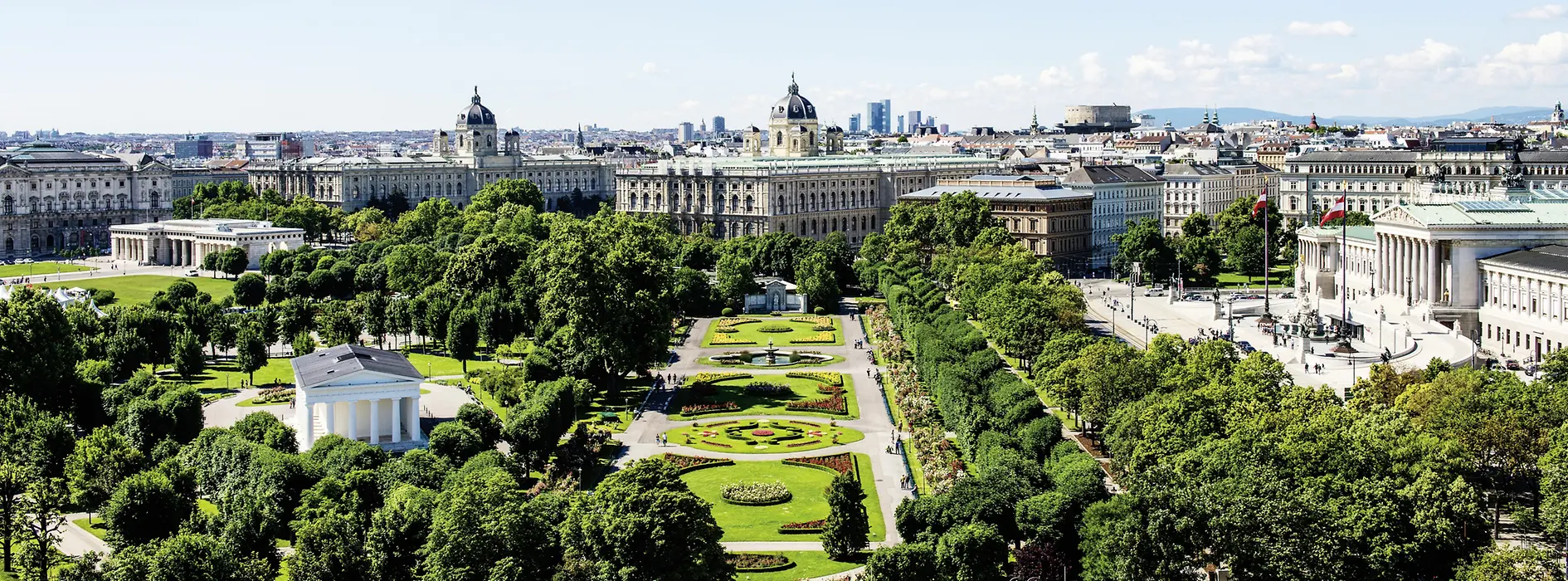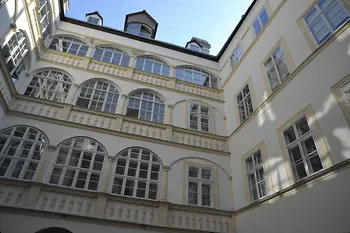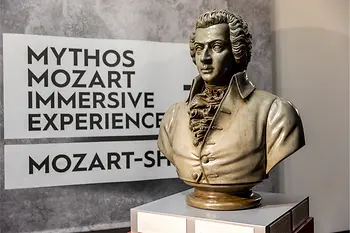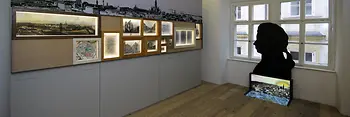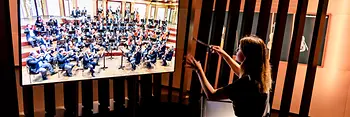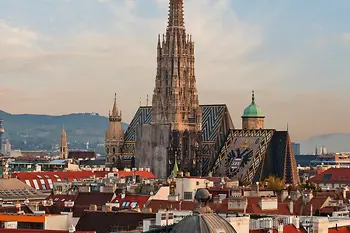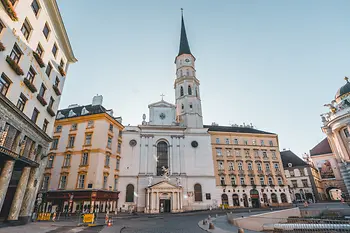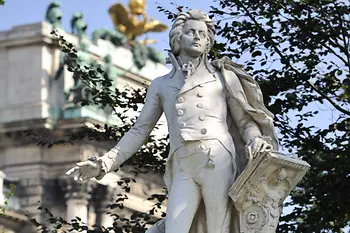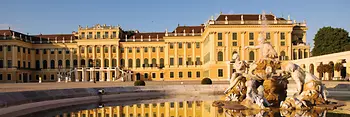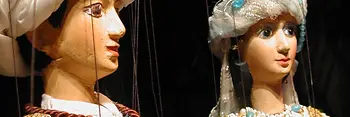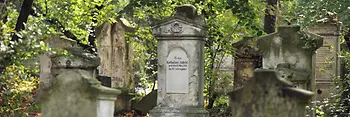In the House of the Teutonic Order, a memorial plaque bears witness to the fact that Mozart lived here in May 1781. Having been dismissed by his employer, he decided to live as a freelance artist from then on. Mythos Mozart, the Mozarthaus Vienna and the House of Music are Vienna's leading musical worlds of experience.
St. Stephen's Cathedral was the venue for Mozart's wedding. His body was also consecrated there. Mozart's Requiem was originally performed in St. Michael's Church.
The Theater an der Wien was opened only after Mozart's death in 1801. At the former main entrance to the theater at Millöckergasse 8 is an unmissable monument to Mozart’s friend Emanuel Schikaneder: the Papagenotor (Papageno Gate). Schikaneder was also a librettist, client and the first "Papageno" of Mozart's "The Magic Flute".
A short journey in Mozart's footsteps leads to Schönbrunn Palace, where Mozart's life in Vienna began: The 6 year-old child prodigy gave his first concert in the presence of Empress Maria Theresia in the Mirror Room. Allegedly, full of exuberance, he jumped into the Empress’s lap afterwards. Performances of "The Magic Flute" are held several times a week in the Marionette Theater at Schönbrunn Palace.
Mozart was laid to rest at the Biedermeier cemetery in St. Marx in accordance with the burial regulations in force at the time – in a shaft grave together with other bodies, without a cross or final rites. The first funerary monument was erected 68 years after Mozart's death in the place where his grave is thought to lie. It has stood at the Central Cemetery in the group of honorary graves since 1891. The moving monument, which can been today in St. Marx, was created by a cemetery caretaker from the remains of other monuments.
